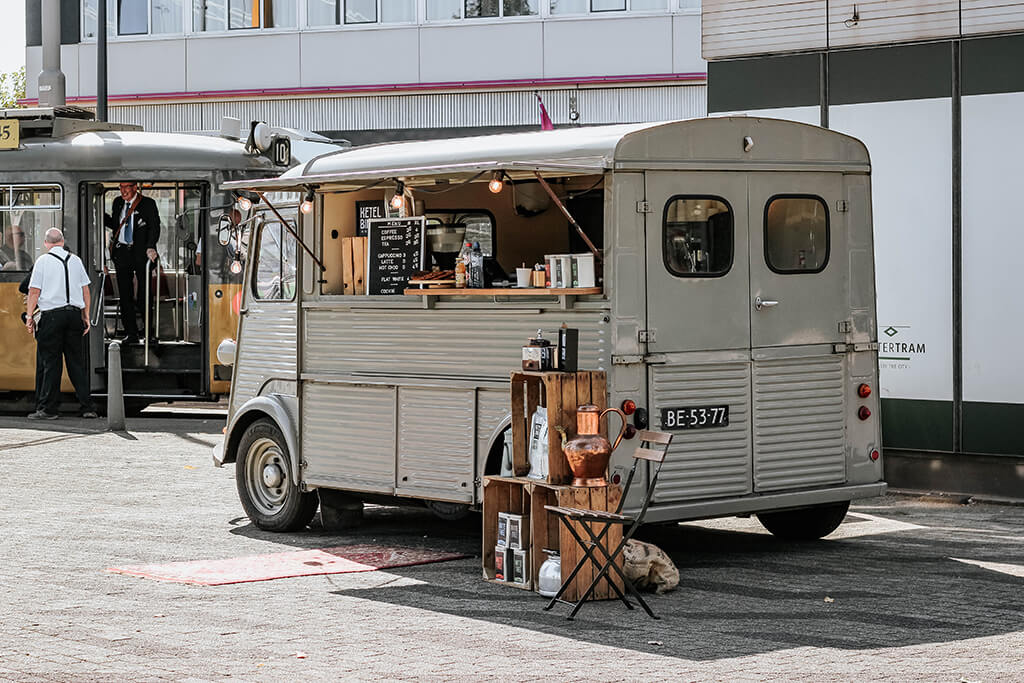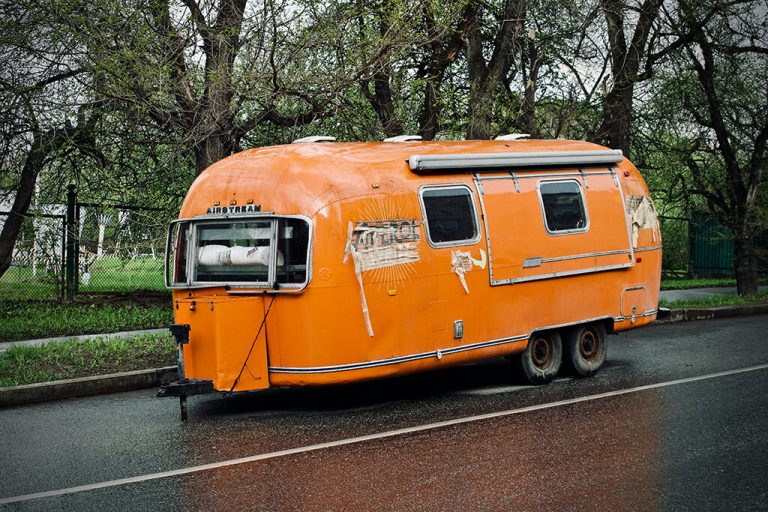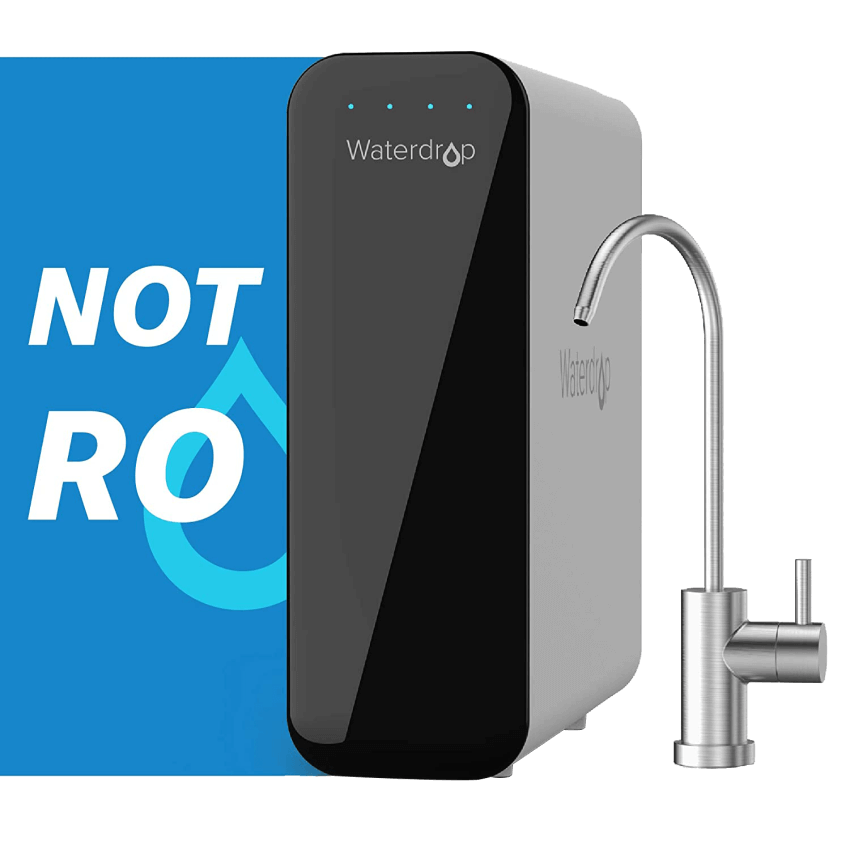Table of Contents [show]
If you are not conversant with RVs, it is common to bother about the water quality you get from your taps, especially when you consider the only visible source is a tank similar to those used in storing sewage and greywater. This brings us to the question – is the water from your RV really safe for drinking?
On a good note, the water from your RV is suitable for drinking, provided the tank and system have been adequately treated and cleaned. But for rented RVs or the ones you are not conversant with the water tank, you are better off with bottled water.
As you may have noticed, getting safe drinking water from your RV requires serious maintenance works. This post discusses the ins and outs of RV water, alongside the common warning signs you should look out for in unsafe RV water. Knowing how your RV water supply works and how you can maintain it can help you access safe and fresh water at all times.
What is the source of the water in an RV?
There are two possible sources of water in an RV. The first is the water tank, and the second is the city water. Let’s take a closer look at both.
City Water
Adopting city water as your RV water source requires creating a connection between the screw-on connection and the water source in the background using a hose. Note that only specific freshwater hoses are approved for this connection. If properly done, you get water to your RV directly from the source with no contamination.
Water Tank
If you find yourself in an area without water hookups, your go-to water source will be the RV water tank. You can fill your water tank through the “Fresh Water” connection, usually on the outside of your RV. Some RVs share just one connection for city and freshwater, and the connections are different in other models. In all of these, always factor in the extra weight of the water.
Both the city water and water tank connection options require pipes in your RV. These pipes are used to move the water to your faucet. This is why you should keep your water system clean, even after using the RV water tank.

Should you use a water filter on your connection?
Yes, you should use a water filter at all times. Campground-supplied water often contains a considerable amount of chlorine, added to disinfect it. However, the presence of chlorine tends to alter the taste and odor of the water, leaving you with something like the swimming pool water. You can remove these traces of chlorine using a filter to get a better tasting and smelling water. Using the filter also ensures sediments do not get into your RV water supply.
You will find certain RV water filters capable of double cartridge filtration because they have a carbon filter and a sediment filter. If you go for a filter that combines with your filter hose, it means the water will be filtered before it gets into your RV. However, you may have to detach and store the filter when your RV is not in use.
Alternatively, you can install a filter inside the trailer, right under the sink. These filters are designed to filter the water before it comes out of the tap. This means that even the leftover water in the lines is purified before you collect it for drinking. This setup removes the need to remove and store the filter.
Under-sink filter units provide a superior method of water filtration, for filtered, clean water that's safe to drink or cook with on your RV. A filtration unit, such as the Waterdrop smart under-sink ultrafiltration TSU system not only saves space under your sink, but also filters out contaminants up to 0.1 microns in size. This means sediment, rust, chlorine, bacteria, and other minerals, microbes, and chemicals are effectively removed. An extended filter lifespan also provides up to two years of filtered use, effectively reducing the need for frequent filter replacements.
Not only will the nearly complete removal of the aforementioned contaminants create better tasting and smelling water, but it equal healthier bodies, too. The only downside to a UF filter is that it is incapable of removing TDS. Although it retains the majority of beneficial minerals typically found in tap water, the Waterdrop TSU system cannot stand up to RO systems in situations where source water exceeds ideal TDS levels (500PPM in the USA).
Water Filter Pitcher
Other simple RV filter options include a space saving countertop style filter, such as a water filter pitcher. The Waterdrop water filter pitcher provides carbon blocks, and other various media, to reduce or remove rust, sediment, chlorine, and other harmful substances.
One of the top benefits to a countertop pitcher style water filter is the sheer portability and compact design. This enables users to take them anywhere on the go, regardless of where they're headed. The biggest downside to a water filter pitcher is the lack of capacity, which requires frequent filling for a continuous supply of clean drinking water.
What are the components of the RV water tank?
The water tanks in RVs are made of plastic, with polythene the adopted plastic-type in most cases. You may want to ask, is polyethylene safe?
Interestingly, polyethylene is a ubiquitous plastic-type, which has been extensively tested over time for safety. None of the tests and studies on the safety of polyethylene has confirmed it to be toxic. So, we can conclude that polyethylene is not harmful to your eyes or skin if it gets into your system by drinking water stored in a polyethylene container. Likewise, there is no scientific proof that polyethylene is a potential cause of cancer.
How do you keep your RV water system sanitized?
Sanitizing your RV’s water tank is easier than you think. You can use the traditional house cleaners without any worries. It is best to sanitize every spring, but you can sanitize if you sense an unusual odor coming from the tank.
Here are practical steps you can follow to disinfect your tank to keep your drinking water pure:
- Get all the water in the tank out. You can do this by opening both the low point and freshwater drains. Close the drains after draining is complete.
- You need ¼ of bleach for every 15 gallons water tank capacity. For instance, if the tank’s capacity is 30 gallons, you need ½ bleach.
- Combine the bleach with water in a 1-gallon container.
- Pour the solution into the freshwater tank through a funnel.
- Fill the freshwater tank to the brim with water.
- Turn on the water pump and open all the faucets, including the hot and cold faucets.
- Wait for a moment to detect the odor of the bleach coming out of the faucet.
- Now, close the faucets and allow the bleach solution to stay in the tank for at least 12 hours.
- After the wait, empty the system again and refill the freshwater tank with clean and pure drinking water.
- Now you can open all the faucets, leaving them to run until the bleach smell is no more detectable. This may require you to refill your freshwater tank repeatedly until you are sure there are no traces of bleach in the system.
Now your fresh drinking water system can store drinking water. The role of bleach is to kill the bacteria and mold in your tank. This is why you must flush the bleach out to ensure your tank is 100% free of any harmful contaminants.
How do I solve the problem of smelling water?
If you sense a bad smell coming out from the freshwater tank, do not get overly worried. First, stop using the water from the tank because the water is most likely contaminated with bacteria or mold. Next, sanitize your system by following the steps listed above. Only drink water from your tank after cleaning out the system and confirming that the water coming out is odorless.
Should you drink tap water in a rented RV?
No, you shouldn’t! You will agree that most rental RVs are hardly properly treated. This is because the owners of the RV systems do not know how to maintain and clean the systems. Another reason is that previous users do not adequately clean the water supply before returning them to the rentals.
To be on the safe side, always come with your own drinking water supply if you rent an RV. This is the only way to ensure you are drinking fresh and safe water. Otherwise, you might be putting your health at risk.
Is the water from the RV suitable for showering?
If you have put in all that work to ensure your RV tank contains clean and healthy water, why restrict yourself to only drinking? Feel free to use your RV water to shower. Clean water baths can keep your body clean and relaxed. However, avoid long baths if you want to use your limited water supply for as long as possible.
Clean, Pure RV Water Supply All Day
Once you understand how you can maintain your RV water system, all you have to do is enjoy the system’s clean water supply. Now you can worry less about accessing a constant supply of pure water when outdoors. The convenience is top-notch, and there is zero health risk to worry about with this safe drinking water supply.
Finally, you should check these helpful guides for more information.



